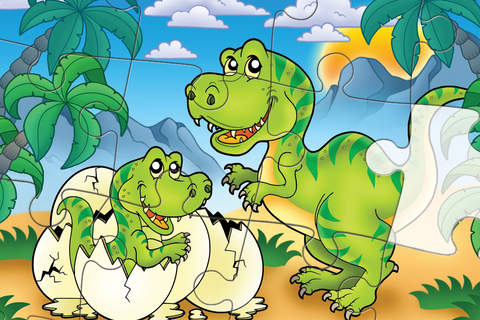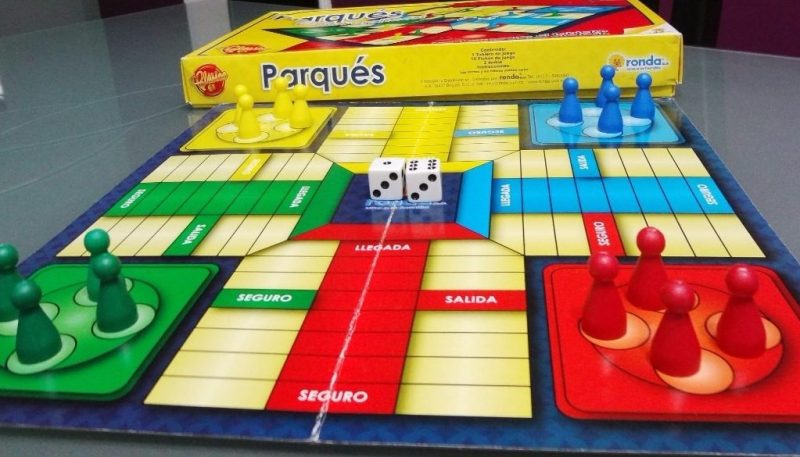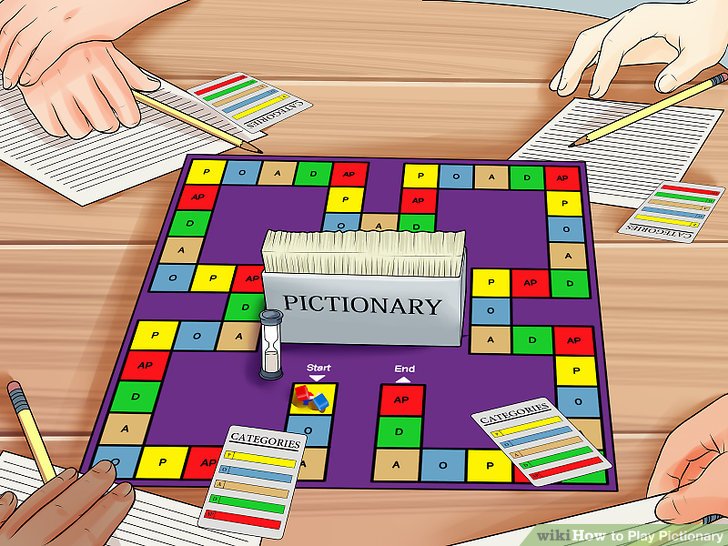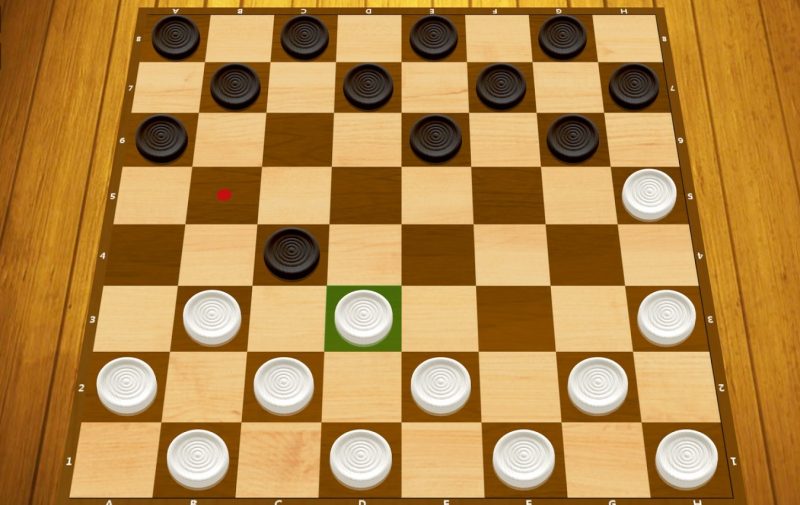The table games They are playful activities that are made up of a board and tiles and are classified according to their complexity into board games for adults and board games for children. Children’s board games are intended to entertain or teach concepts or skills, are used both inside and outside the school environment, and are usually played by two or more people. For instance: ludo, Monopoly or checkers.
exist different types board games for children, which vary according to the age at which they are aimed and the different areas of the individual that they stimulate. Among the main benefits of board games are: the development of fine motor skills, reading, phonemic awareness, memory and concentration and flexible thinking.
In addition, board games are recommended to settle school knowledge, promote combination and classification functions, raise attention and encourage collective or group work.
Examples of board games for children
- Zingo
It is a board game that consists of join words with the image to which each one corresponds. There are also versions of Zingo with numbers and bilinguals.
Zingo helps stimulate fine motor skills, coordinate pictures and encourage the practice of the first words. It is recommended for children between 4 and 7 years old.
- Jigsaw or puzzle

The puzzle is a very popular game that consists of put together a picture that is fragmented into different parts or pieces that vary in shape. There are different types of puzzle (depending on their degree of complexity, the size of the image and the pieces), so there are puzzles aimed at children of different ages from 2 years old.
The puzzle they stimulate fine motor functions, teamwork, discipline in play, patience, orientation through shapes and colors, and observation.
- Blocks
It is a game in which they are used blocks made of wood, plastic or other materials and in which it is not necessary to follow an order or rules, but, on the contrary, allows the child to organize how they want to play.
The blocks help to stimulate the visual and spatial skills, the coordination and scheduling of projects or sequences. In addition, it is a game used to evaluate the creativity of the child and allows observing other disorders such as aggressiveness, frustration or fear.
There are different types of blocks that vary in size and shape and are especially used in children between 4 and 8 years old.
- Ludo

Ludo is a game that consists of throw the dice from the starting point where each player has their own token. As the game progresses, players roll the dice to reach the goal and win the game.
This game is widely used to promote order functions, teamwork, competition, logical sequence, patience, color distinction, compliance with the rules, among others.
It is used with children from the age of 5 and can be played in teams or even 4 players.
- Monopoly
Monopoly is a board game in which players start with a specified sum of starting money and, as they roll the dice, they try to buy and sell different properties.
Its original edition is recommended for people over 8 years old, but there is also a version Monopoly Junior aimed at children between 5 and 8 years old.
This type of game seeks to introduce children to the idea of money valuation, its exchange, the possibilities of its self-administration and the consequences of its mismanagement.
- Pictionary

Pictionary is a game in which the player has a token and, after rolling the dice, he must advance to a box and draw a card that will ask him to draw something. Each player must develop mimic or graphic skills for the rest of the players to guess the word drawn.
It is a recommended game Starting at 7 years and among its main benefits are: the stimulation of fine motor coordination, the elaboration of abstract thinking, the production of sequential thinking, the development of imagination, the use of observation and attention, the promotion of teamwork, among others.
- Scrabble
Scrabble is a game in which you have to form words or phrases spontaneously with the letters on the board.
The Scrabble game encourages the construction of words, the correct spelling use and the sequential functions of the alphabet. In addition, it expands vocabulary and stimulates comprehension and lateral thinking.
It is recommended for children from 8 years old.
- Ladies

The game of checkers consists of move the tabs diagonally for “eatThe opponent’s pieces. It is a recommended game for children from 7 years old.
This game stimulates advanced cognitive functionsas it requires knowledge of rules. On the other hand, it requires fine motor coordination and the development of sequential strategies to reach the goal of the game.
- Domino
Dominoes is a board game in which white rectangular tiles divided in two and with black dots are used. Is played with a minimum of 2 players that place the pieces of equal value joined one after another.
Dominoes is a very popular board game, which varies in physical characteristics depending on the target audience. There are dominoes that can be used from 3 years old.
It is a beneficial game because stimulates visual memory, concentration and motor activity. Help children follow certain steps and rules and be patient. In addition, it encourages team play and helps to incorporate basic math concepts.
- The one
Uno is a card game that emerged in the United States in 1971, popular in many countries around the world. It consists of a deck of special cards that have information that is used to mark the course of the game. This deck is distributed among all the players and the one who gets rid of all their cards wins.
It is a recommended game for children from 6 years old and can be played by 2 to 10 players. Among its main benefits are the stimulation of memory, concentration, social relationships, communication and strategy. In addition, it allows the child to incorporate mathematical knowledge and learn to obey instructions and rules.
